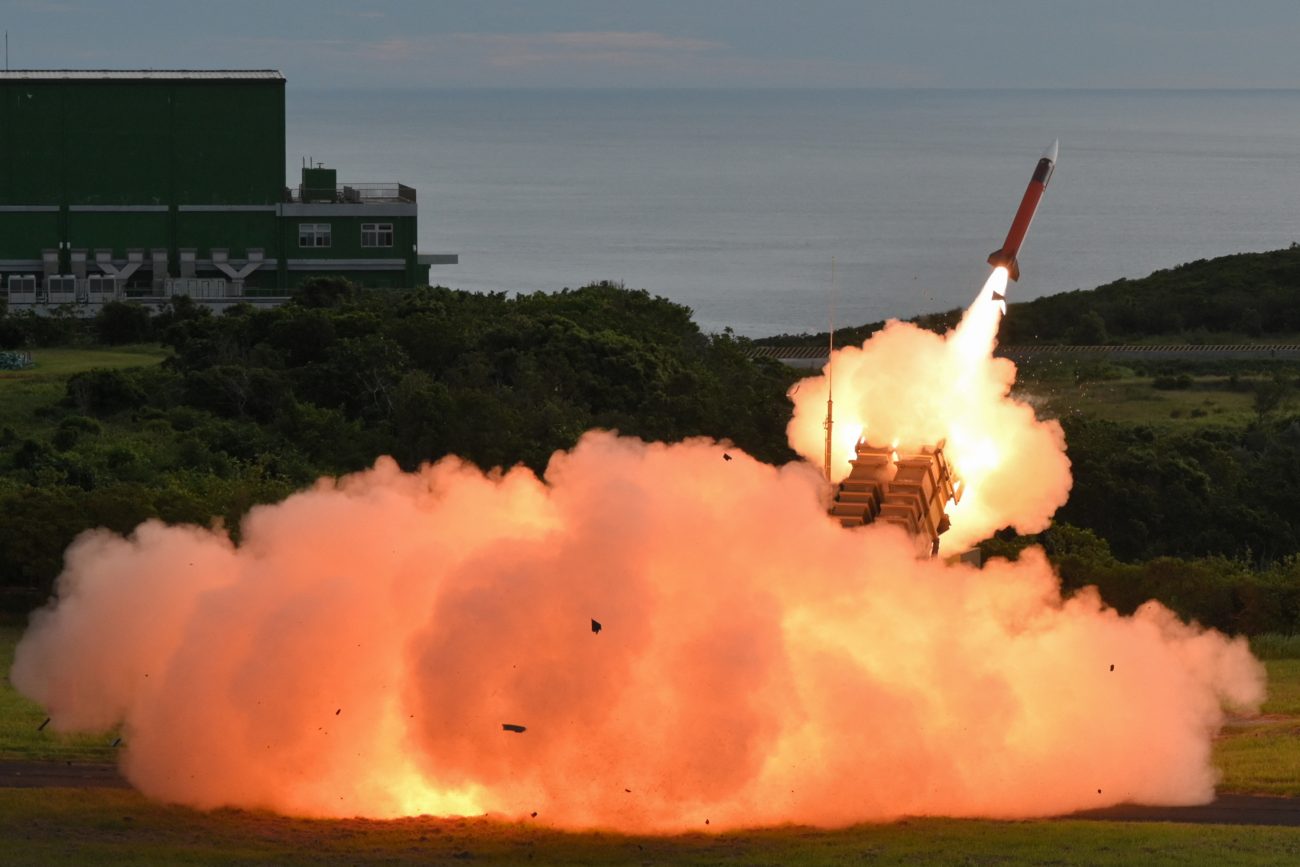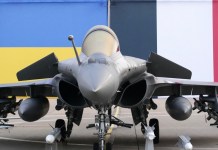Amid rising demand and falling availability of Patriot interceptors, Ukraine now has a new worry at hand. A surge in Russia’s use of ballistic missiles with enhanced maneuvering capabilities and a decrease in the effectiveness of Patriot missiles against these threats.
While security analysts had warned for some time against the falling effectiveness of Patriot surface-to-air (SAM) missiles against new, modified Russian ballistic missiles, which can change trajectory and maneuver at high speeds, instead of travelling in fixed trajectories, this has now been acknowledged by the U.S. Defense Intelligence Agency (DIA) in its new report.
The development is worrying not just for Ukraine, which is already at a critical stage of war, as Russia strengthens its position in Eastern Ukraine, but for a host of Western and NATO nations, including the US, which depend on Patriot SAMs for their air defense systems.
Ukraine, specifically, totally depends on these Patriot missiles for safeguarding its skies and cities. Notably, in recent weeks, Russia has substantially increased its air assault on Ukraine, often launching hundreds of missiles and drones every week.
The increasing maneuverability of Russian ballistic missiles means that a number of these missiles can now penetrate Ukrainian air defense networks.
The worrying development also comes at a time when Kyiv is already struggling to ensure a steady supply of these Patriot missiles from the US.
Last month, an exclusive story in the British newspaper, The Guardian, made the alarming revelation that the US is left with just 25% of all Patriot missile interceptors needed for the Pentagon’s military plans.
“The United States only has about 25% of the Patriot missile interceptors it needs for all of the Pentagon’s military plans after burning through stockpiles in the Middle East in recent months, an alarming depletion that led to the Trump administration freezing the latest transfer of munitions to Ukraine,” it said.
According to reports, the depleting stockpiles had fallen so low that they could endanger US security and jeopardize potential US military operations.
However, since then, the US has again prioritized supplying Patriot missiles to Ukraine.
So far, Ukraine has received three Patriot batteries from the United States, two from Germany, one from Romania, and another jointly supplied by Germany and the Netherlands. The US and the European allies of Ukraine are also trying to provide additional Patriot batteries for Kyiv.
Though their falling effectiveness against Russian ballistic missiles is a cause of worry, not just for Ukraine, but the whole Western bloc, as well as countries like Israel, Japan, Taiwan, and South Korea.
The Falling Effectiveness Of Patriots Against Russian Ballistic Missiles
According to a report released this week by the Special Inspector General, the effectiveness of Patriot SAMs against Russian ballistic missiles is decreasing.
“The UAF [Ukrainian Air Force] struggled to consistently use Patriot air defense systems to protect against Russian ballistic missiles due to recent Russian tactical improvements, including enhancements that enable their missiles to change trajectory and perform maneuvers rather than flying in a traditional ballistic trajectory,” the report said.
The report prepared by the Offices of the Inspector General at the U.S. Department of Defense, U.S. Department of State, and U.S. Agency for International Development, discusses U.S. government activities related to Ukraine and elsewhere in Europe between April 1 and June 30.
“For example, [a] June 28 attack included seven ballistic missiles, of which the UAF shot down only one,” the report said, adding “a massed attack on July 9 – the largest air attack since the start of the war – included 13 missiles, of which the UAF shot down or suppressed 7.”
However, the report did not specify which specific Russian ballistic missiles it was referring to, what specific modifications were made in them to enhance their maneuverability, or if only certain specific Patriot interceptors were struggling against them.
However, Ukrainian Air Force spokesperson Yurii Ihnat had specifically mentioned Russia’s Iskander-M and North Korean-supplied KN-23 missiles while talking about the issue back in May, following a deadly missile attack on Kyiv that injured around a dozen civilians.
The Iskander-M and KN-23 are both short-range ballistic missiles. Notably, they are also the most common missiles Russia is using in its aerial assaults on Ukraine.
Ihnat said that six out of nine ballistic missiles launched at Kyiv on May 24, Iskander-M and KN-23, were successfully intercepted by Ukrainian air defenses.
“Two-thirds is a high figure,” he said. “But we know (Russia) is improving its ballistic weapons.”
According to Ihnat, the modified missiles are now equipped with radar-decoy systems and use quasi-ballistic flight paths that make them more challenging to track and intercept using Patriot systems, Ukrainian newspaper the Kyiv Independent has reported.

“It complicates (the interception), but doesn’t make the interception impossible,” he added. “I think our partners are already working to improve the system’s capabilities.”
“The flight of a ballistic missile along such a quasi-ballistic trajectory — when the missile doesn’t just fly in a straight line like it’s falling, but actually performs maneuvers in flight — makes it more difficult for the Patriot system, which calculates the interception point using software, to predict exactly where the missile will be,” Ihnat explained.
In the coming days, Russia could also deploy these decoys on its other ballistic missiles to enhance their maneuverability and increase their effectiveness against the Patriot SAMs.
Though Ukraine also had some Soviet era air defense systems, such as S-300V1 surface-to-air missile systems, which have a degree of terminal anti-ballistic missile capability, their availability at this juncture is doubtful.
Ukraine, therefore, primarily depends on Patriot SAMs for its air defense. However, their extensive use over the last three years has given the Russians ample opportunity to study their capabilities and flight path and then put them to work in developing new and improved weapons and countermeasures.
Apart from their falling effectiveness, another major concern for Ukraine is its inability to bolster the supply of Patriot interceptors, as Kyiv is totally dependent on the US for its supply. Additionally, the US is itself struggling with a limited inventory of Patriot interceptors in its arsenal.
Lockheed Martin, the manufacturer of the Patriot interceptors, can only produce 500-600 of these missiles every year. Their falling effectiveness is also a worrying sign for countries like Israel, Japan, and Taiwan, which also depend on Patriots for their air defense.
Notably, their adversaries, Iran, China, and North Korea, all have extensive ballistic missile arsenals and can employ the lessons learnt by the Russians in their operations against the Patriots.
- Sumit Ahlawat has over a decade of experience in news media. He has worked with Press Trust of India, Times Now, Zee News, Economic Times, and Microsoft News. He holds a Master’s Degree in International Media and Modern History from the University of Sheffield, UK.
- VIEWS PERSONAL OF THE AUTHOR.
- He can be reached at ahlawat.sumit85 (at) gmail.com




